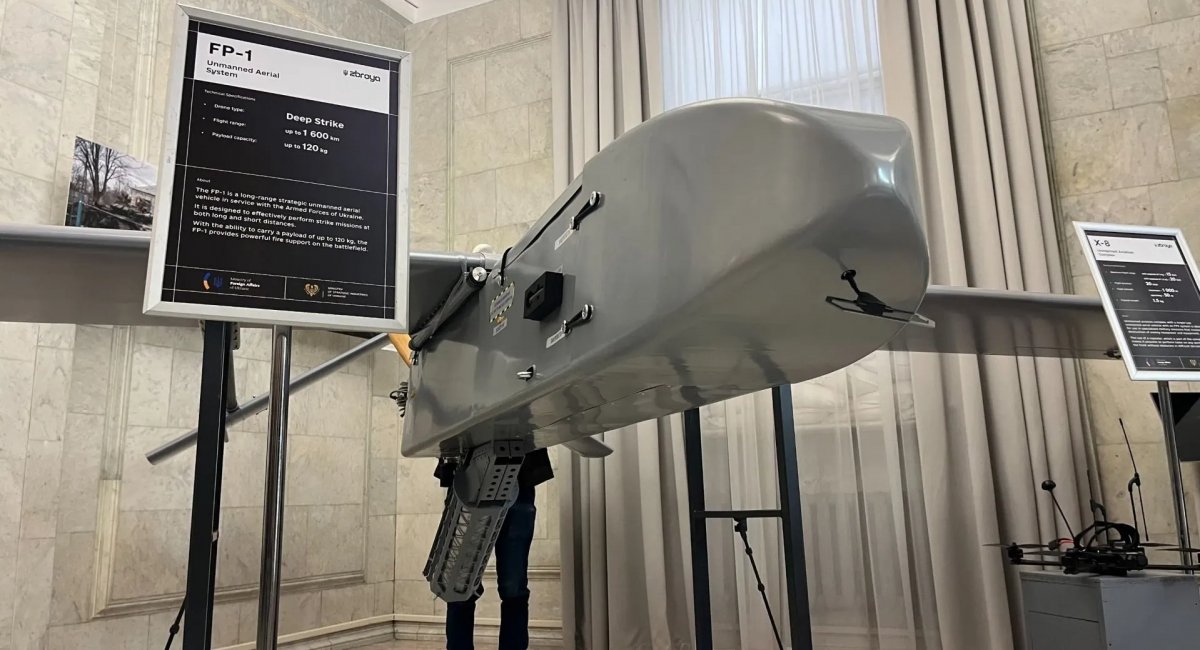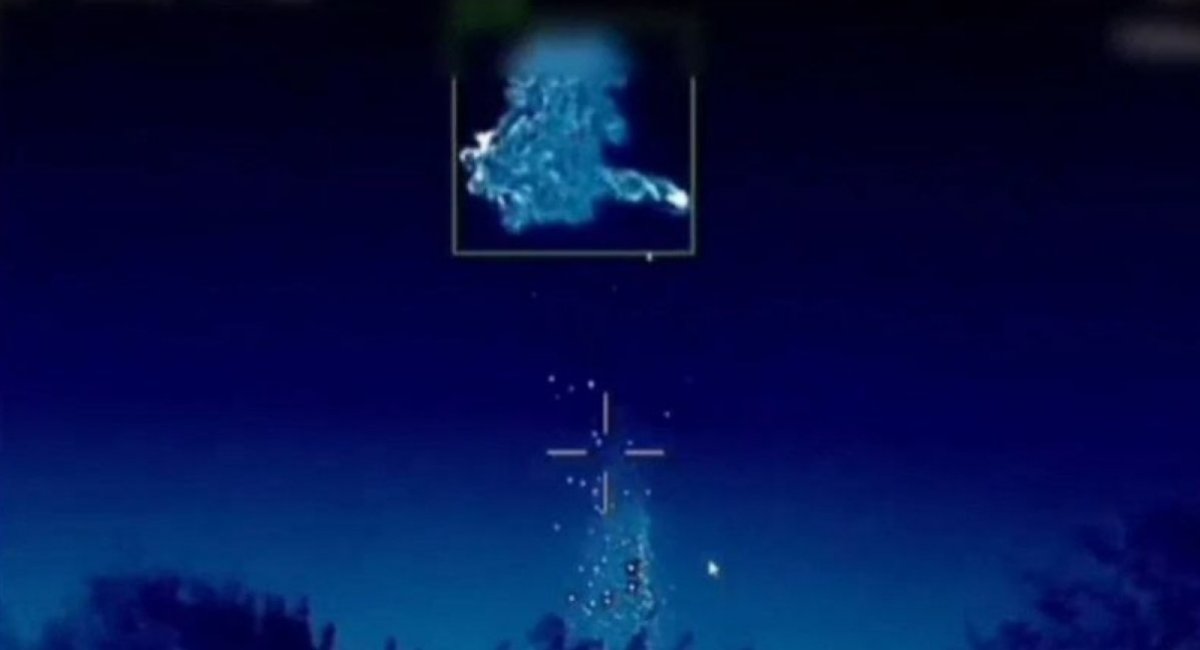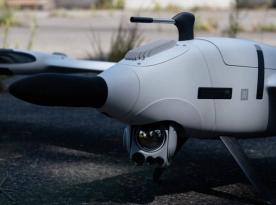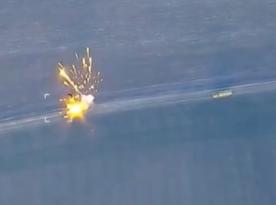Laser air defense systems have been repeatedly seen in use with the russian mobile interception teams, shooting down Ukrainian drones. While previous evidence only showed such weaponry tested against dummies at training grounds, the first real combat application has now been recorded.
Open-source footage, noticed by Vodohrai and Clash Report, depicts a Ukrainian FP-1 long-range strike UAV destroyed by one of such systems. The appearance of the weapon itself isn't captured in the clip, but its effect on the aerial vehicle is telling.
Read more: FP-1 Deepstrike Drones Scale Up in Number and Break Through Moscow Defenses, Ukraine's Attack on Krasnozavodsk Shows
Russia is now using Chinese-linked laser defense systems in combat to destroy Ukrainian long-range drones like the FP-1. The LASS system, believed to be Chinese-made, delivers 10–20 kW of power and can disable targets within ~1.5 km. It’s short-range but potentially more… pic.twitter.com/BawWHY87PE — Clash Report (@clashreport) August 13, 2025
On a brief note about the drone, the FP-1 was first presented in May 2025, but has already proven an effective tool for delivering precision strikes deep into russian territory. Most recently, UAVs of this type were responsible for attacks on the Arzamas Instrument-Making Plant and Krasnozavodsk Chemical Plant in russia.
Previously, russian combat lasers were featured in a show-off video report from a military blogger. A system called LASS (Low-Altitude Laser Defending System) was featured in this report. Analysts assume the developer of this complex is the China Academy of Engineering Physics.

Later, another piece of evidence appeared: footage of an unknown laser being used to intercept targets allegedly on the war front, but later debunked as training ground trials. This has raised doubts in the broader audience about the effectiveness of such weapons in practice, not least because what was presented by russian propaganda as real-combat experience only showed russian-made dummies and drones used by both sides of the conflict among the "downed threats."
Russians are testing a new laser system against drones on a frontline sector. Footage shows destruction of Mavic and Skywalker X8 drones, used by both sides. pic.twitter.com/VqzLM4bShj— WarTranslated (@wartranslated) June 13, 2025
However, this new episode suggests that lasers do can be effective, and russia may consider scaling the use of laser systems into a systemic countermeasure against Ukraine's long-range one-way attack drones. Thus introducing an additional tool in their air defense arsenal.
Only some of the LASS specifications are known: it produces 10–20 kW of power and needs 10 seconds to hit the target. The destruction range is 1.5 km, and the lens blinding effect can be caused at 3 km.
To summarize, this system and the like have a short threat engagement range, similar to classic gun-based air defense equipment. At the same time, they are theoretically much more effective and efficient than machine guns — so far, the most common weapon used by the mentioned interception teams, aka "mobile fire groups."
A potential way for Ukraine to counter directed energy air defense systems is to switch to cruise and ballistic missile attacks that are more difficult to shoot down with a laser. Alternatively, to find ways to increase the speed and flight altitude of long-range UAVs, similar to what the russians did with their Shahed-136 killer drones.

At the end of the day, the russians have demonstrated another development, stepping up in the air defense race in this war. Furthermore, one that can be scaled up in a partnership with China. So, the best option for Ukraine would be to continue advancing its missile program to decrease reliance on cheaper drones and remain a step ahead in long-range strike capability.
Read more: Laser Weapons and russia's Shrinking Air Fleet: Ukraine's Air Force Comments on Future Warfare














